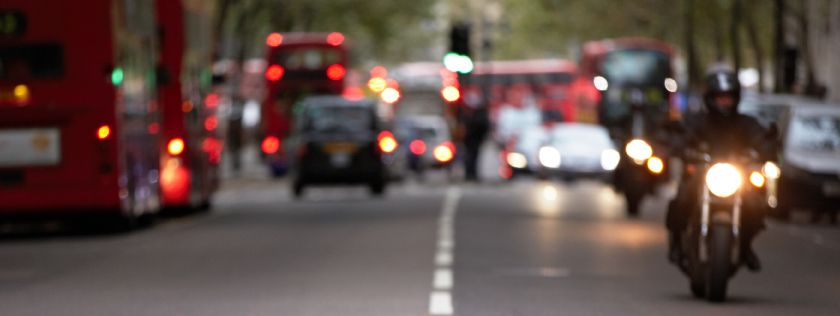Safety is Your Responsibility as a Motorcyclist

- Motorcyclists are 75 times more likely to be killed or seriously injured in serious or fatal crashes than car drivers when casualty rates are compared per billion miles travelled.
- In 2011 362 motorcyclists died and 5,247 were seriously injured in road collisions in Great Britain. (
)
The facts are alarmingly scary. As we have previously blogged, fault for motorcycle accidents often rests with the driver of the other vehicle, for a variety of reasons. Nevertheless, it remains a fact you are more likely to be killed or seriously injured when riding a bike, however riding does not have to be an exercise in cheating death. There are steps you can, and should take, to protect yourself on the road
- Take a Motorcycle Safety Course
One of the best ways to protect yourself is to improve your skills by taking a Motorcycle Safety Course. There are many providers of bike safety courses. These will improve your roadcraft and increase your awareness of hazards on the road, ultimately making you a better rider. This will likely improve your “sixth sense” and you shall be able to anticipate the actions of others and keep yourself safe.
- Wear the correct Gear
As we all know a motorbike offers little protection in an accident, what riders wear is essential for protection. Regardless if you collide with another vehicle or simply lose control and put the bike down. In that situation, you will be sliding along on tarmac. That is not something that you want to do unprotected. Leather is strong enough to protect the skin if sliding along the road surface. Furthermore, motorcycle riders are exposed to other road hazards such as small rocks and insects. At 60 miles per hour, even a small stone or gravel chip can cause damage. Leathers will help protect you. It is also worth considering wearing colours which allow you to be easily seen by drivers. In parts of Europe it now essential that a certain proportion of your clothing is a reflective material. This is something to consider. If you are seen by other road users, you are less likely to be involved in an accident.
It is also essential that you wear protective gloves. When you come off your bike it is instinctive to put your hands out to protect yourself. The road surface will not be forgiving to the skin on your hands. The same applies to proper footwear. Wear footwear made of durable material with a gripping sole and preferably with ankle support.
Finally, it goes without saying, but always wear a Helmet.
- Know your limits
Riding a motorcycle is a skill, and no different to any other skill, it is something that you need to develop and improve. While you may feel comfortable in cruising around the city, it does take time to develop the skills that you need to be an expert rider. Whilst you are improving your skills it is essential that you stay safe, and ensure that you always ride within your skill level. You may see bikers who weave in and out of traffic, or control their bikes on windy country roads at high speeds; however that does not mean you should. Take the time to increase your skills, know your limits.
- Focus
A key to staying safe on a motorcycle is being focussed while riding and aware of EVERYTHING that is going on. Be observant and alert. As we all know too well, bikers are more difficult for drivers to see. It is therefore essential that we see them, ride defensively and avoid them. Any distraction to you can be fatal. It is probably a good idea to remove any distraction. Do not wear headphones and put your phone in a position where you can not play with it.
Look twice, never assume that a driver is aware of you. Ride defensively and take responsibility for staying safe around cars.
- Braking Distance
As bikes are generally smaller and weigh less than cars it is essentially true that they require less space to stop. This being said, anti-locking brakes are comparatively new to bikes, which means that a lot of older bikes simply will not have them. You cannot simply slam on the brakes as you would in a car. The wheels would lock and more often than not, you will end up losing control of the bike.
As you would in a car, practice emergency stops on your bike in a safe environment. This will help you realise how much space you require to safely stop in a controlled manner. Once you have done this, be sure to you give yourself enough space when stopping in traffic.
Always leave a large following distance between your bike and the vehicle in front, and always have an emergency escape route planned if the worst happens and there is not enough space to stop.
- Weather
Your bike is on 2 wheels and is therefore not as stable as a car. Riding a bike in adverse weather conditions is more dangerous than driving a car in the same conditions. You have half the traction of a car or a van, as you only have 2 wheels as opposed to 4. It is also worth considering that without windscreen wipers, your visibility can be significantly reduced in the rain. When you are preparing to ride, always check the weather. If heavy rain, snow or ice is forecast, it is probably best to leave the bike at home and find another way to travel. If you must ride in bad weather, be extra cautious, ride slower than you normally would and leave more space than normal for stopping.